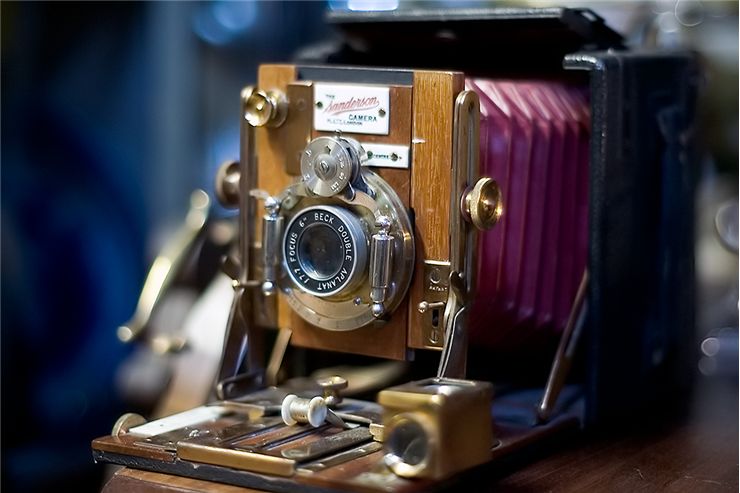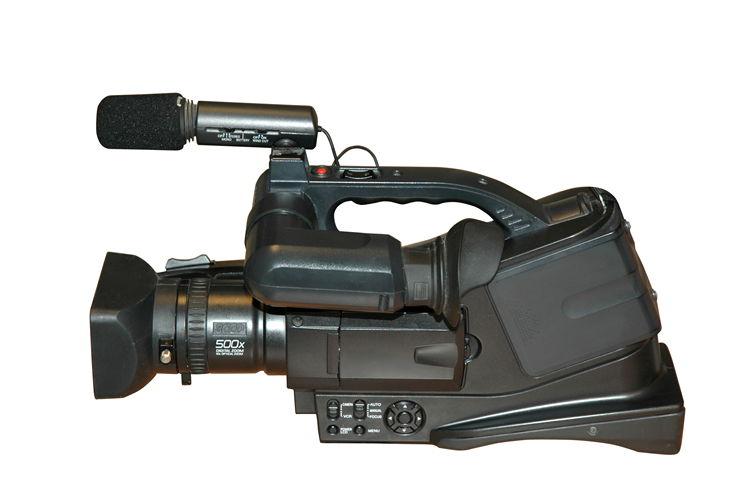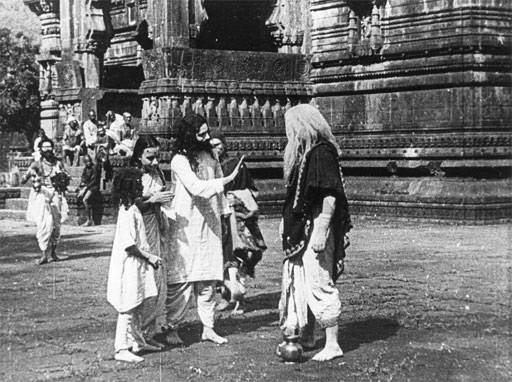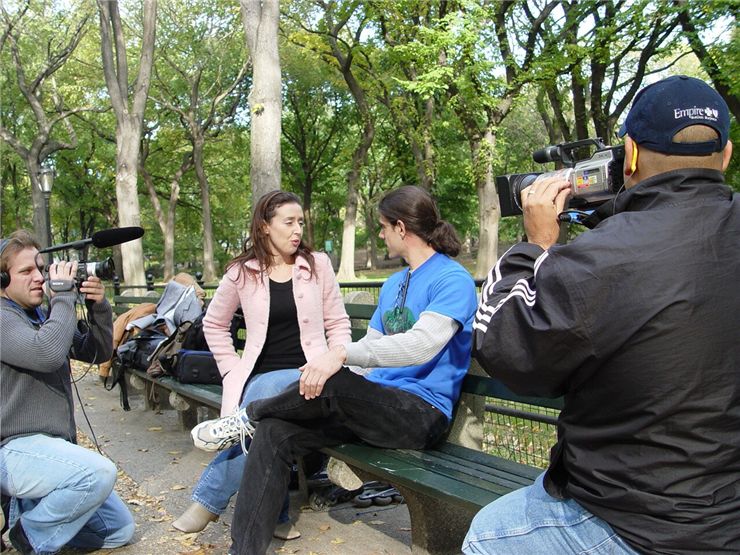Film vs Digital - Film Photography and Digital Cinematography
After the introduction of digital cinematography in the late 1980s, movie creators started investigating new techniques for filming. Still, they were stopped by hard-to-use technology and inefficient image-quality sensors. This changed toward the end of 2nd millennium when the introduction of 1080p HDCAM cameras enabled capturing high-definition video streams on a portable storage device. With an ever larger segment of consumer video cameras slowly conquering the world, independent and traditional filmmakers started experimenting. In 2001, director Robert Rodriguez filmed his action epic “Once Upon a Time in Mexico” fully on digital cameras, starting the era of professionally made 24fps digital films that soon became popular in Hollywood. Early examples of such films were the French movie Vidocq (2001), Star Wars Episode II: Attack of the Clones (2002), and Sin City (2005).
The arrival of digital cinematography in the world of filmmaking brought extensive debates, with filmmakers passionately choosing sides and trying to prove the superiority of both film systems. They all agree that digital cinematography and motion picture film photography have drawbacks and advantages. Still, those differences can often play a crucial role in the director's choice of what camera he wants to use for his films.
How is film superior to digital?
- Many believe that this film photography is more authentic and more pleasing to the eye of the audience that is used to the 24fps film experience.
- For a long time, the film had higher resolution thanks to the large film prints. Nowadays, digital cameras have started to catch up with 4K, 5K, and 8K sensors.
- Film cameras are usually less expensive than high-end digital cameras.
- Film captures 100% real images taken from the lens. Digital cameras must convert that light into a digital signature, sometimes with visual artifacts.
- Dynamic range of the film is higher, especially in darker scenes.
- More subtle focus.
- Double exposing is possible.
- Shutter lag is a little quicker. Digital cameras have almost caught up.
How is film inferior to digital?
- More expensive to work with and store.
- Each film reel can record only dozens of minutes, so each take is very important, and mistakes on set are costly.
- Developing film prints from negatives is a complicated process that can produce an inferior image.
- Scanning film into a computer is difficult and always brings unwanted image artifacts (even with the best gear possible).
- Everything you film must be first developed – no instant viewing of shots during filming.
How is digital superior to film?
- Cameras can record much more material, and everything you film can be viewed immediately. Much less money spend on secondary costs for storing, editing, and instant viewing.
- Digital cameras are lighter, easier to carry, and can be created in many forms [from large crane cameras to very small sticky cameras the size of a tennis ball].
- Easy transfer of material from camera to editing decks, no film development required.
- They can film scenes at very high frame rates, up to several thousand frames per second.
How is Digital inferior to film?
- High-end digital cameras are very expensive.
- Storing digital files is more challenging than with film. Expensive server arrays must be used for reliable storage.
- Differences in film gran can produce images that do not have a natural “film look” for people who are used to watching traditional films.
- Filming with long exposures is difficult and can produce strong noise and light leakage.
- Digital cameras don’t work great with gradients and highlights.



